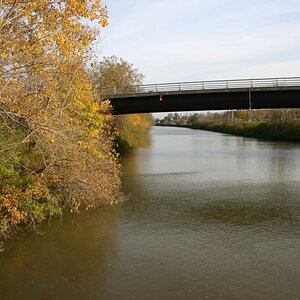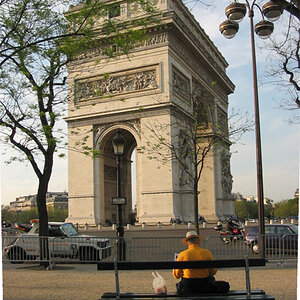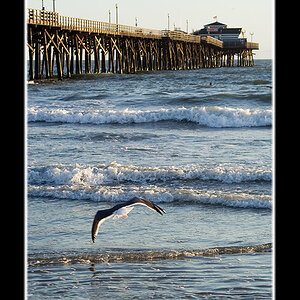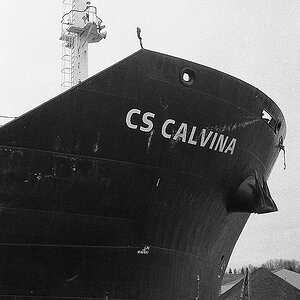Patriot
No longer a newbie, moving up!
- Joined
- May 10, 2012
- Messages
- 807
- Reaction score
- 117
- Location
- Spokane, Washington
- Can others edit my Photos
- Photos OK to edit
Rain certainly doesnt have anything to do with underwater.
Rain doesnt apply PRESSURE.
I would still always try to keep a D7000 as dry as possible. Especially before exchanging lenses, changing batteries etc.
For the record, that balloon will NEVER burst. It will simply get smaller and smaller, because the air in the balloon will get more and more compressed. However the pressure from the water and the pressure from the air will be exactly the same.Depth has nothing to do with being water proof.....the seals that "break" are broken because of pressure not the water. If you take a balloon and fill it with water and put it under water it is water proof because can't not get it. Now if you take that balloon and force it underwater to "crush" depths then it will burst, not because it's not water proof but because of the extreme pressure. [...]
There is no such thing as "space dust" that the Hubble telescope needs to be sealed against.The Hubble telescope is also seal tight not allowing any space dust in to affect the lens, unless a outside force acts against it breaking whatever seal that's seals it.
If we talk about dust in space, we talk about extremely large volumes (many lightyears across) that have a couple atoms per cubic meter in them, most of them hydrogen and helium.
Even such dust cant exist where the hubble space telescope is. There is still some remains of atmosphere there. Basically anything that could potentially be "space dust" will be deaccelerated enough over time to fall down to earth.
I was just giving and example of what the Hubble could be sealed against. There surely has to be some sort of dust or sand from space rocks, comets, astriods or something right? I could be wrong however.











